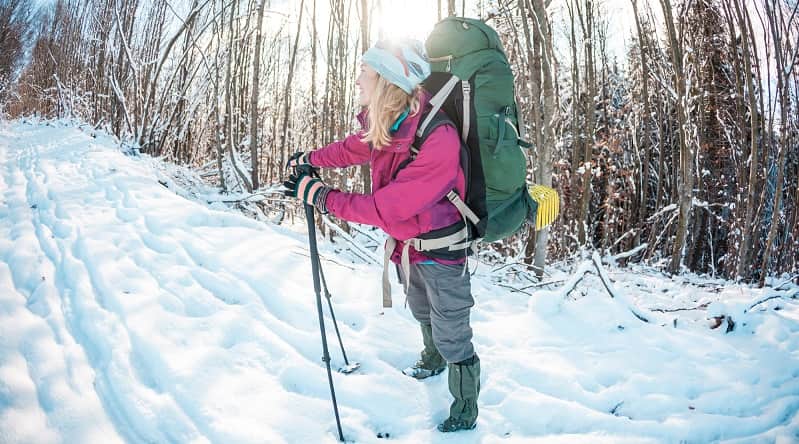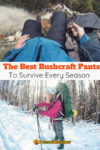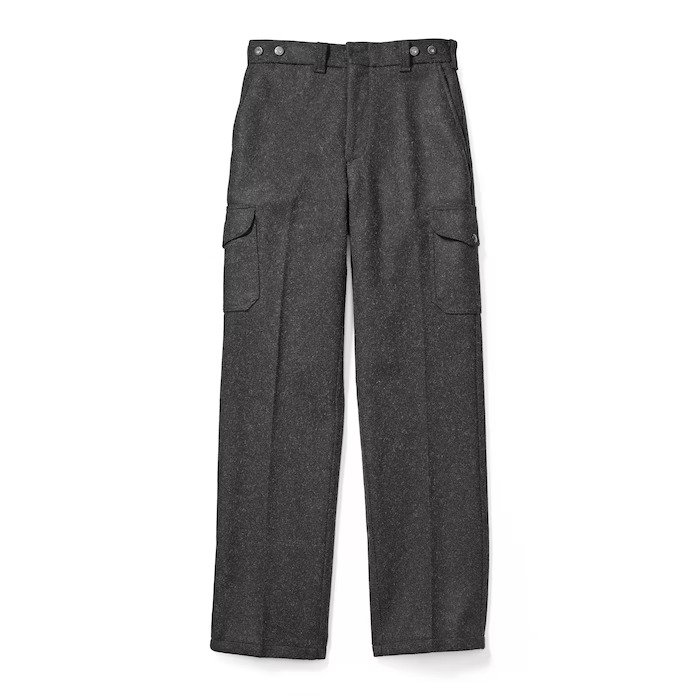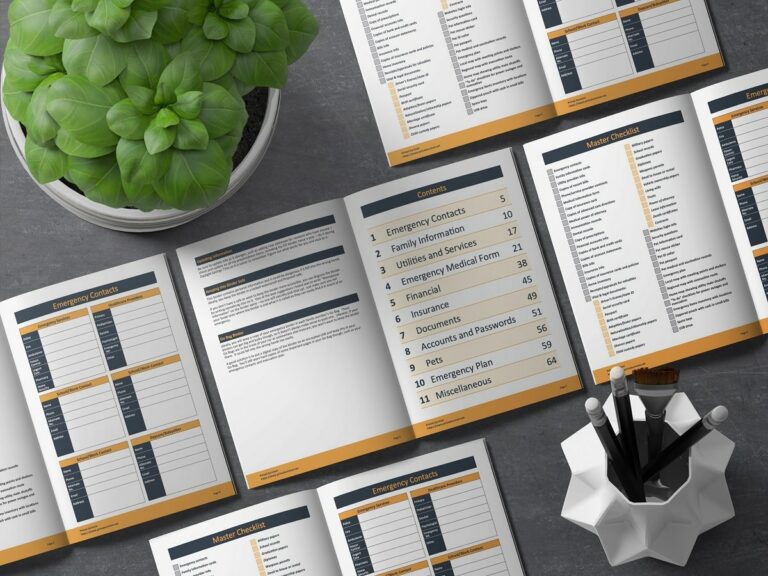Bushcraft pants are designed to be durable and comfortable in the most challenging conditions.
Having the proper clothing is essential whenever you’re in the wilderness, but especially in a disaster situation when you can’t rely on being able to buy replacement kit when you get home.
We’ve rounded up the best survival pants for different weather conditions and budgets.
Our favorite? It’s got to be the Sitka Timberline pants. (read the review below)
The Ultimate Bushcraft Pants: Sitka Timberline Pants
If only the best will do, look no further than the Sitka Timberline Pant.
The top-performing brand for comfort and performance, these pants are highly durable, with waterproof seat and knee panels, removable molded knee pads, and a water-repellent finish.
Admittedly, the big downside is the eye-watering price tag.
But they fit like a dream and are durable enough to last years. They should be suitable for three-season use when paired with a thermal layer.
Pros
Excellent design and comfort
Durable
Removable knee pads
Water repellent
Cons
Expensive
Knee pads may sit a bit high or low depending on your build.
Runner-up: Fjallraven Vidda Pro
Fjallraven pants are a firm favorite with experienced bushcrafters.
They’re made from a polyester/cotton fabric treated with Greenland wax to add wind and water resistance.
It’s worth double-checking the fit and sizing before buying – when fitted correctly, the design of the pants allows for a good range of movement. There’s also a ‘long’ version for taller people.
The pockets have been designed for specific functions. There’s a map pocket, internal phone pocket, and multi-tool pocket. It’s nice to see some thought go into the functionality of the pockets, though the lack of rear pockets may bother some people.
Pros
Excellent design and comfort
Good range of front and cargo pockets.
Knee pockets for (optional) pads
Elasticated cuffs help keep snow out
Cons
Pricey (though not as expensive as the Sitkas!)
No back pockets
Budget Pants: Dickies Double Knee Work Pant
They’re not labeled as bushcraft pants, but Dickies’ range of multi-functional work pants are renowned for being comfortable and almost indestructible.
This model has reinforced knees, front and back pockets, and a phone-sized leg pocket.
This is an excellent pant for dry conditions when pushing through trees or brush or carrying out camp tasks. However, as the fabric isn’t water-repellent, it may not be the best choice if you’re likely to encounter a lot of rain.
Dickies pants don’t have the bells and whistles of the Sitka range, but as they’re around a tenth of the price, they’re great for budget-conscious preppers.
Pros
Tough, hardwearing fabric
Reinforced knees
Comfortable and long-lasting
Inexpensive
Cons
No cargo pockets
Fabric isn’t water-resistant
Best for Hot Weather: LA Police Gear Urban Ops
Another popular brand of budget pants, the LA Police Gear pants, come in a wide range of colors and are cheap enough to have a couple of pairs on the go.
The Urban Ops pants are particularly good in hot weather. The polyester/cotton fabric is light and dries quickly if wet.
They have an elastic waistband, which makes for a comfortable fit, but many people find them a bit snug, and the low rise won’t suit everyone.
Pros
Lightweight and cool in hot weather
Wide range of colors
Good selection of pockets
Inexpensive
Cons
Fabric isn’t water-resistant
Fit won’t suit everyone
Best For Winter: Filson Mackinaw Field Pant
When the mercury drops and the landscape turns white, one brand of winter bushcraft pants is on everyone’s lips: Filson.
Renowned for quality and warmth, the Mackinaw Field Pants are made from 100% wool sourced from hardy sheep in the US and Canada.
Unlike most fabrics, wool is both breathable and naturally water-repellent. Most importantly, if it gets wet, it’ll keep you warm.
The Mackinaws have six pockets; you can wear them with a belt or suspenders. One word of warning – don’t shove these into the washing machine, as they WILL shrink.
Pros
Very warm
Breathable and water-resistant
Natural material
High quality, durable workmanship
Cons
Dry clean only
Expensive
Best Women’s Bushcraft Pants

If you’re looking for a female fit, you may feel you get a rough deal regarding choice.
But you don’t need to buy men’s pants (unless you want to!) as several brands provide the same quality and features in a women’s fit.
At the higher end, we’d recommend the women’s versions of the Sitka Timberline pant and the Fjallraven Vidda Pro.
The Under Armour Tactical Patrol Pants are a comfortable mid-range option with many pockets.
Do You Really Need Them?
“Bushcraft Pants” often come with a high price tag. But are they worth it?
In our opinion, yes.
You’re not just paying for a brand name most of the time. You’re paying for a fabric that repels water, dries quickly, and is tough enough to push through stiff brush without tearing.
A pair of $15 cotton pants may be fine for summer hiking trails, but if you’re looking for clothes that will survive a disaster, you must set your sights a little higher.
A good pair will last you a decade or more, so while the upfront investment may make you wince, it could work out cheaper in the long run than buying new pants every season.
But if you’ve got some old cargo pants lying around that you want to pimp up, this guy will tell you how to do it:
What to Consider When Buying
Gone are the days when buying a pair of pants was solely about comfort. That’s still the most important factor, but if you want the perfect pants for bushcraft or bugging out, there are other things to consider.
Fabric
Cotton is not a great fabric for outdoor activities, as it absorbs and holds onto moisture, drawing your body heat out and away from your body.
A polyester blend will do a better job wicking away sweat and dry quickly after a soaking. For very cold conditions, wool is your friend.
You may find there’s a trade-off between weight and durability. Unless you know you’ll be outdoors in hot weather, a medium-weight fabric that won’t snag or rip is a good middle ground.
Some pants also have a water-resistant treatment, though you can always add this at home with a chemical or wax treatment. You don’t want fully waterproof pants as your primary layer of clothing as it will not allow sweat to evaporate.
Pockets
The more, the better, right?
Well, only if you’re going to use them.
Most will have a variety of pockets and belt loops to store money, tools, phone, and snacks. Having at least one zipped pocket for valuables you want to keep close to hand is useful.
Reinforced Fabric or Knee Pads
Expect additional fabric to reinforce areas of high wear – primarily your knees and butt.
If you spend a lot of time kneeling, look for pants with integrated knee pads or pockets that you can tuck pads into. You can always replace a pair of pants – replacing your knees is trickier.
Zips and Ankle Fastenings
Leg zippers can help with ventilation in warm weather, and ankle cuffs allow you to create a snug fit and fasten your pants high up your boots, so they’re less likely to get wet.
Conclusion
Before looking for a pair of specialist pants, think carefully about what conditions you will use them in.
However expensive or feature-filled, the best pants are the ones that are comfortable for you and will keep you warm, cool, or dry when SHTF.
If you want a more flexible clothing system, add a thin pair of thermal pants for cooler conditions. If you know you’ll spend a lot of time outdoors in the rain, you may want a pair of waterproof pants to wear over your main layer.







